Ten years ago, with the stroke of a pen, then-President Barack Obama enshrined nearly 300,000 acres of Central Idaho backcountry as protected wilderness. It was a quiet conclusion to a hard-won victory spearheaded by conservationists and championed by Republican U.S. Rep. Mike Simpson, who introduced 10 bills in as many years in an attempt to preserve the site.
The area, frequently called the Boulder-White Clouds, is three separate wilderness areas that converge in the Sawtooth and Challis national forests: the Cecil D. Andrus-White Clouds Wilderness, the Hemingway-Boulder Wilderness and the Jim McClure-Jerry Peak Wilderness. The areas were given wilderness designation as part of the Sawtooth National Recreation Area and Jerry Peak Wilderness Additions Act, which limited what types of development, recreation and other uses could take place there.
Political push-and-pull over preserving public land had long been a familiar fight in Idaho and the Western U.S. when Obama signed the law protecting the acreage in August 2015. Idaho conservationists had butted heads with powerful timber, ranching, mining and agriculture industries for around a century to protect areas like the Sawtooths and River of No Return. And Idaho was a hotbed of support for the Sagebrush Rebellion of the 1970s and ‘80s, when homesteaders, ranchers and other landowners pushed back on conservation ideals and opposed federal land management, in favor of state control. That sentiment hadn’t entirely died down by the mid-2010s.
Simpson, who represents Idaho’s 2nd District covering eastern and Southern Idaho that includes parts of Ada County, and the people he partnered with to protect the Boulder-White Clouds are still wrestling with the issue today. The topic took center stage this summer as Sen. Mike Lee, R-Utah, tried to include language in a congressional budget reconciliation bill that would’ve allowed for the sale of millions of acres of federally managed lands in multiple Western states, including Idaho.
“What I’m seeing is kind of a little resurgence of the Sagebrush Rebellion,” Simpson told the Idaho Statesman. But the desire to “keep public lands in public hands” is too strong to shift public opinion strongly in favor of such ideals, he said.
The support for public lands has persisted as President Donald Trump’s administration has heavily prioritized private interests, like logging on public land, and slashed funding and the workforce for federal land management agencies. Secretary of Interior Brooke Rollins also rescinded “roadless rules” preventing road development on some public land, but the administration has been quiet on wilderness and other similar designations. During his first term, Trump designated 1.3 million acres of new wilderness, according to the White House.
Idaho’s U.S. Sens. Jim Risch and Mike Crapo, both Republicans, faced a mountain of pressure to oppose the inclusion of public land sales in the budget reconciliation bill, known as the “Big Beautiful Bill,” earlier this year. Both eventually spoke out against the idea, which Lee withdrew. Rep. Russ Fulcher, R-Idaho, voted against a Simpson-backed bill to prevent the sale of federal public land and has been outspoken about shifting public land management to the state.
Champions of the wilderness area said they’re optimistic that something like the Boulder-White Clouds campaign could succeed again in Idaho — particularly after seeing the kind of outcry that arose when public land faced threats earlier this year. The backlash even prompted a conservative state legislator to try to change the Idaho Constitution to prevent the state from selling off land it acquires from the federal government.
But proponents said federal protection would once again mean years of compromise and currying favor, and it would require the state’s political leaders to step up for public land.
“Politics today are about breaking things apart,” said Rick Johnson, who led the Idaho Conservation League as the nonprofit advocated to protect the Boulder-White Clouds. “I might even say our society today is about breaking things apart. It’s really easy to burn a bridge, but it’s really hard to build one.”
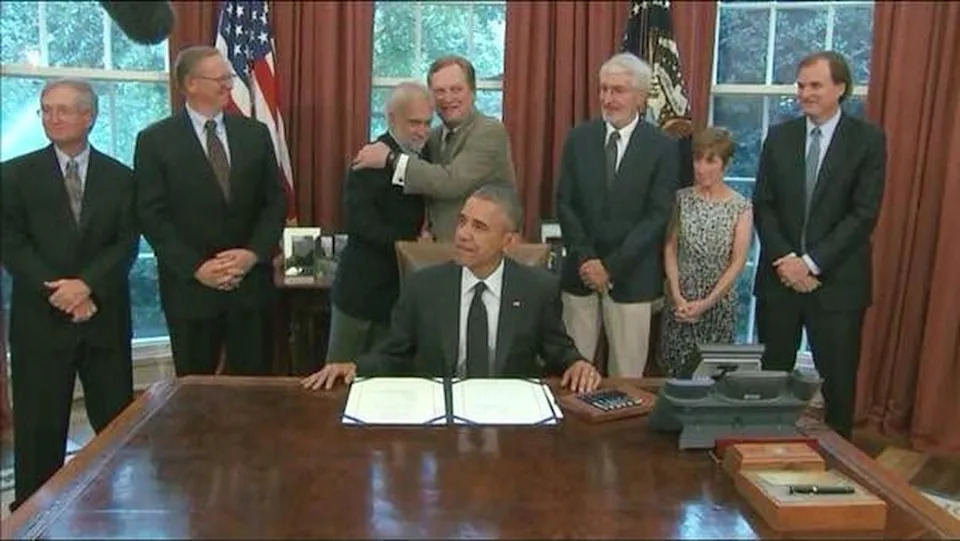
Protecting Boulder-White Clouds meant compromise
Johnson said the Idaho Conservation League intentionally focused on the mountains as a point of preservation for several reasons, including its proximity to the Sawtooth National Recreation Area and the lack of conflict with timber interests.
The group had already started floating the idea of a wilderness area in the late 1990s when Simpson was first elected, Johnson said, and they invited the lawmaker to their annual Wild Idaho conference at Redfish Lake in the Sawtooths, where the congressman was then given a tour of the area by plane.
“It was funny, because he told me, ‘Rick, this is nice and everything, but my idea of a wilderness experience is when my golf ball gets caught in the rough. Why should I care about this?’” Johnson recalled.
The conservationist said Simpson was inquisitive and receptive to the group’s explanations about the beauty and importance of the backcountry, even asking the U.S. Forest Service to arrange trips for him and his staff to backpack into the area — an experience that would later become something of a tradition for Simpson.
“I think it probably happened pretty quick that something very, very, special happened to Mike Simpson, which happens, I believe, to everybody who goes there,” Johnson said. “They fell in love with it, and it was no longer ICL’s job to convince Mike Simpson that the White Clouds are a special place.”
Johnson called the revelation “one of those magic moments” when they weren’t agreeing on all the same plans, but they had a shared goal — one that Johnson believed would be politically inevitable to achieve.
But first they would need to win support on both sides of the political aisle.
“People were very suspicious of a conservative Republican dabbling in wilderness politics, because by this point, everything is polarized in Washington, D.C.,” Johnson recalled. “You know, environmentalists are Democrats, resource-extractive people are Republicans, and never the twain shall meet.”
Together, supporters of the Boulder-White Clouds wilderness proposal worked with locals, environmental groups, politicians and other stakeholders to draft and redraft a passable plan, Simpson said. The congressman said he used to joke with Johnson that both men would need to look for new jobs if their efforts were successful, as each had pushed back at his typical allies in the interest of creating the compromise Simpson said was key to their victory.
Simpson’s bills were caught up in Congress multiple times, but when advocates began to consider pursuing national monument status, which Obama could have conferred without congressional approval, the idea of a wilderness designation led by an Idaho Republican looked much more appealing, Johnson said. When the 2015 bills started to succeed, the proposal quickly picked up speed.
“It passed the U.S. Senate on a Tuesday, and by Friday, we walked into the Oval Office of the White House, and President Barack Obama signed it after 15 years of monkeying around,” Johnson said.
The preservation of the Boulder-White Clouds pushed Idaho even further up the list of U.S. states with the largest total wilderness acreage at around 4.8 million, third only to Alaska and California. About 62% of the state is public land of some kind, though wilderness areas boast the strongest protections in the country.
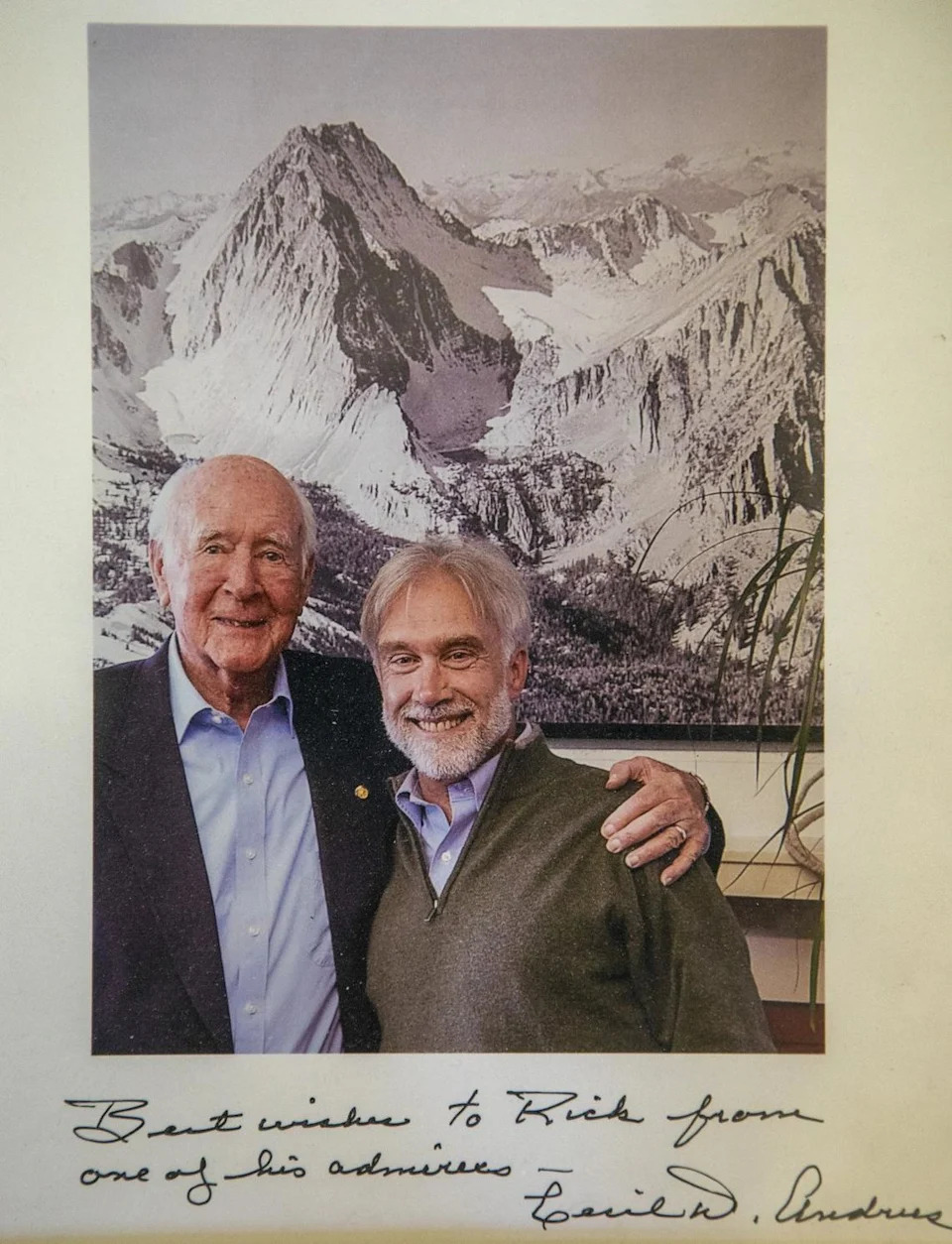
Is more wilderness preservation possible in Idaho?
Justin Hayes, the current director of the Idaho Conservation League, said he doesn’t think Idaho is in “some sort of tailspin” over public land. Hayes said he has seen the ebb and flow of anti-public land sentiment in the country for decades, and while today’s challenges may seem particularly startling, they aren’t unheard of.
Hayes said Lee’s proposals to sell of public lands in the West represent “an extreme end of the spectrum” of beliefs on public lands. He said he’s “very hopeful” about future permanent protection for public lands, particularly as Idaho residents work alongside groups like the Conservation League and sportsmen and recreation groups for preservation.
“That might mean a wilderness bill, that might mean a national recreation area, that might mean some sort of new and innovative backcountry designation,” Hayes said.
Wilderness designations preserve large roadless areas, prioritize primitive landscapes and limit motorized vehicle and equipment use, while national recreation areas are typically near large bodies of water and prioritize activities, like boating. They also emphasize history and culture, according to the Department of Interior. Both generally prohibit extractive activities, like logging and mining, and bar most development, too.
Research has shown for years that a strong majority of Idaho residents use public land for hiking, fishing, hunting or other activities and support its continued preservation. That sentiment doesn’t appear to have wavered, especially as recent threats of sales spurred outcry, rallies and public campaigns on the topic.
“What’s different is we are in an era where politicians are less likely to lead for the betterment of their entire constituency, and they’re feeling pressure to be responsive to the loudest component of the constituency,” Hayes said.
Among Idaho’s congressional delegates, Simpson was most vocally against selling public lands, joining a bipartisan group of legislators that dubbed themselves the Public Lands Caucus and standing firm against public land sales in the House. His allies included Montana Rep. Ryan Zinke, another Republican and former Secretary of Interior under President Donald Trump’s first administration.
“Of all of the things that I’ve done in Congress, we got more positive reaction on getting that provision stripped out of the bill than anything I’ve done,” Simpson said.
Simpson said he thinks more wilderness in Idaho isn’t out of the question, but a proposal would need the kind of years and robust buy-in that the Boulder-White Clouds agreement had. He noted Idaho’s highest mountain, Borah Peak, is unprotected by wilderness or other designation, unlike highpoints in most other states, including all of Idaho’s neighbors. Simpson said some groups have expressed interest in protecting that part of the Lost River Range, as well as some land in North Idaho.
“You’ve got to get people introduced to it,” Simpson said. “You’ve got to listen to them and listen to their concerns and so forth. But there still will be other wilderness designations in Idaho.”
The Wilderness Society, another conservation group that advocated strongly for the Boulder-White Clouds, is a strong proponent of some kind of protection in the area known as the High Divide between Yellowstone and Central Idaho. The organization says that land is crucial for animal migration. The nonprofit Friends of the Owyhee has pushed to make its namesake canyonlands in southwest Idaho into a national monument. And the Conservation League is a key proponent of protecting wilderness in far-northern Idaho near the Canadian border.
Johnson, who called himself an “incorrigible optimist” on the future of Idaho’s public lands, said figures like Zinke have appeared as “interesting” allies for public lands. During his time in the Trump administration, Zinke’s department sought to remove protections from places like Bears Ears and Grand Staircase-Escalante national monuments in Utah.
“People like me have to be willing to, you know, not necessarily worry about whether they agree with everything Ryan Zinke stands for,” Johnson said. “I don’t, but where he’s on my team, I’m on his team. And that’s what Mike Simpson and I figured out how to do together.”
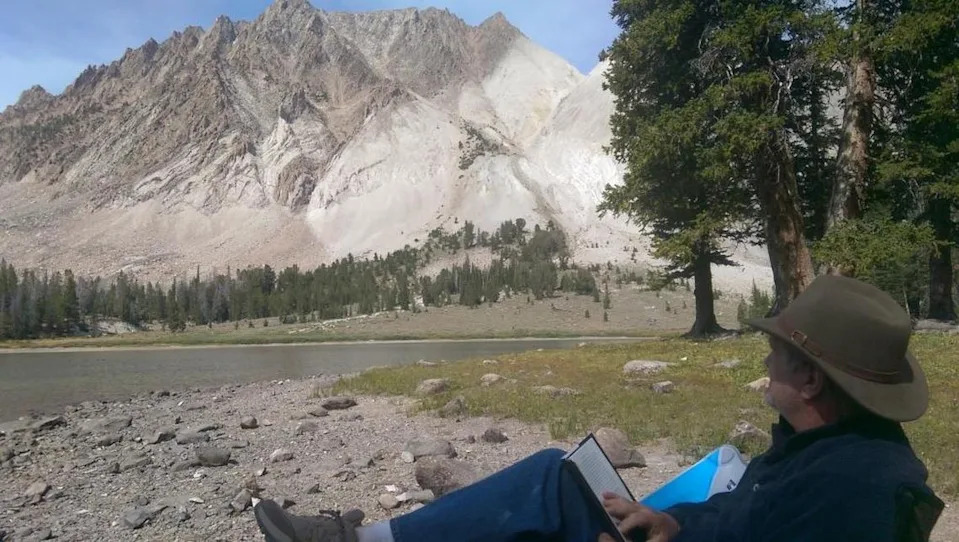




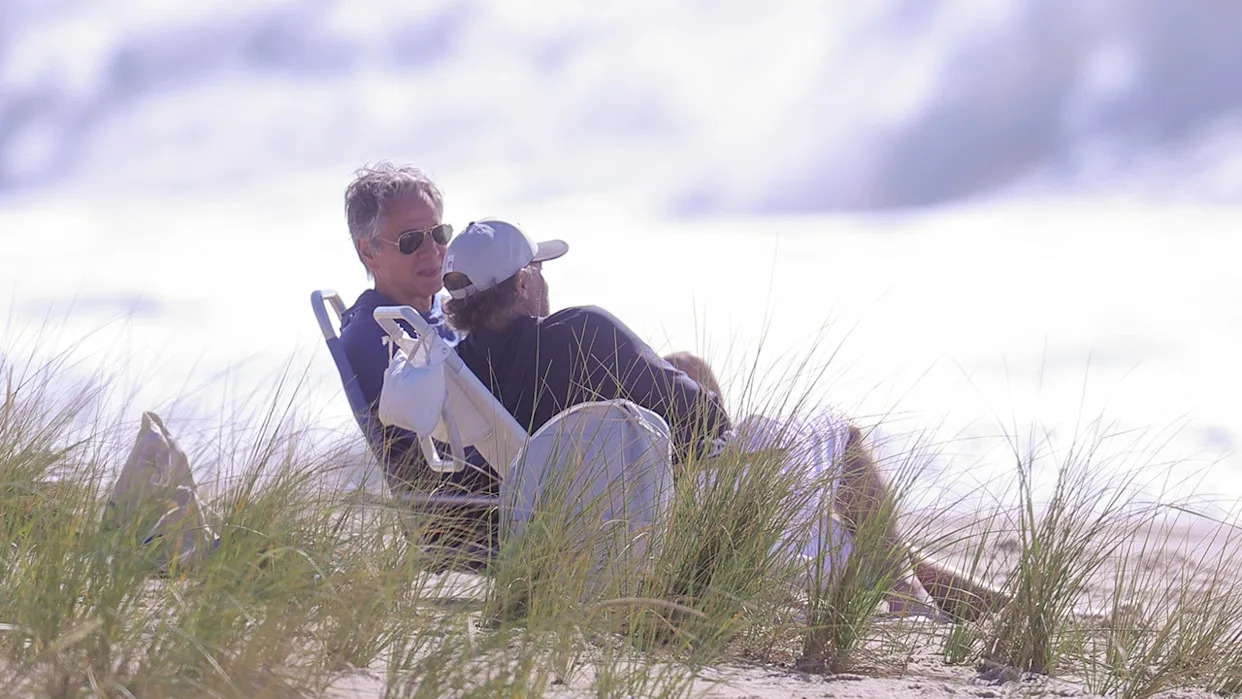


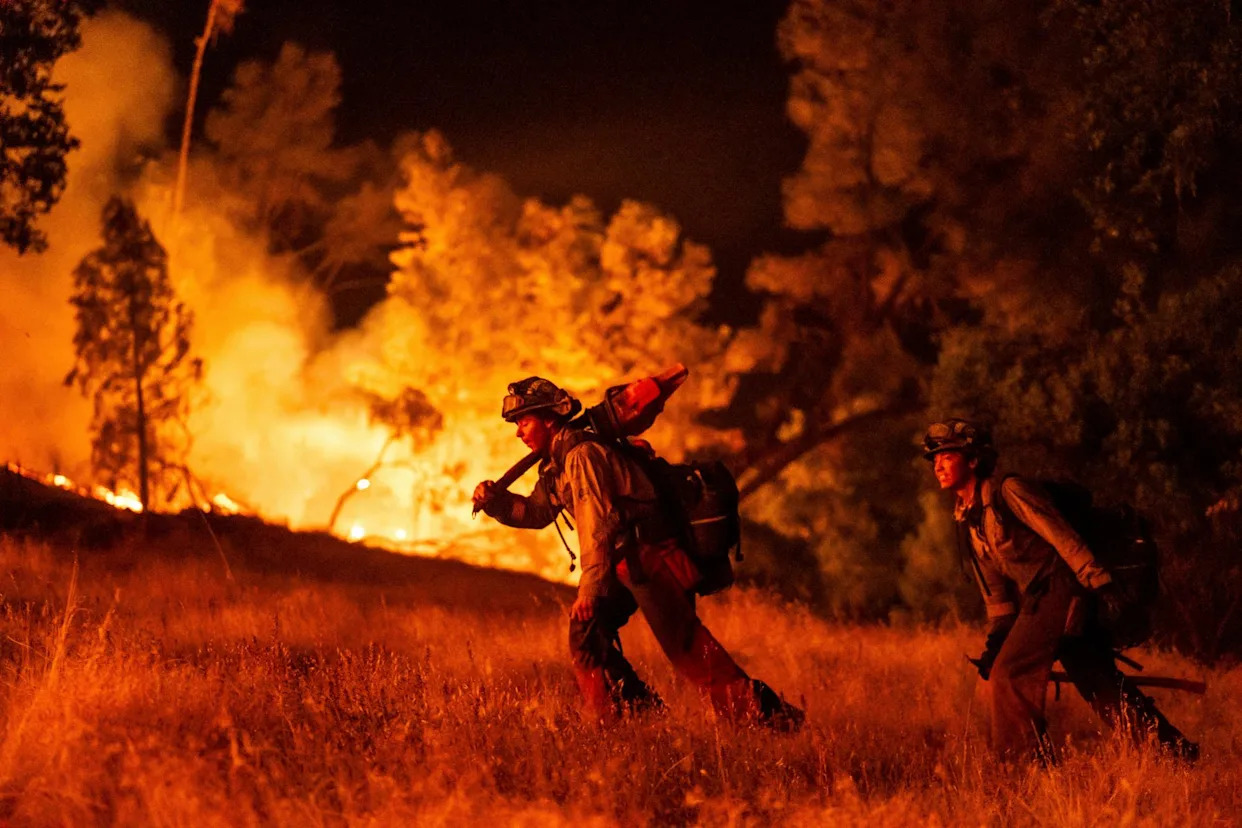
Comments